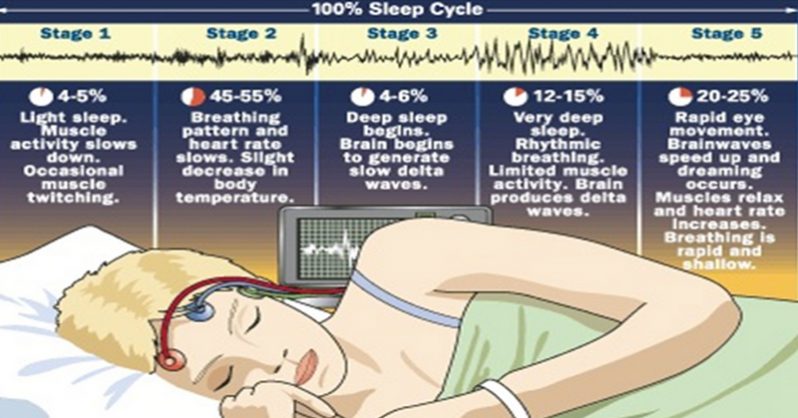We’re committed to offering our readers the best possible information to help everyone live and enjoy a happier and healthier life. This means that we’re always searching for the next solution for any of life’s many problems and exploring it in a way that best applies to your everyday life. Sometimes, there is content that’s perfect just the way it is. In this case, we are very lucky to be collaborating with the people behind this valuable article and have been granted permission to republish it. We encourage you to visit their website at the end of this post.
Nobody questions the importance of getting enough sleep. At the minimum, it’s essential for rejuvenating the mind and revitalizing the body. But, what is enough? And what does it look like? Many people find they wake during the night and wonder if they’re suffering from a sleep disorder or other health issue.
While that could be totally possible, it’s also possible that sleep may not be an all-night thing. In fact, historical records, centuries-old literature, and ancient references to sleep are revealing a whole new way we should be looking at how we slumber.
Segmented Sleep: More normal than you realize
If waking up during the night is a frequent “problem” for you, you might wonder if you’re suffering from insomnia or sleep apnea. “Segmented sleep” is a seemingly irregular sleep pattern that may not be a disorder at all, but a natural biological response that we, in modern times, have forgotten.
English scholar Roger Ekirch cemented the idea that our ancestors used to naturally “practice” segmented sleep, using their middle-of-the-night waking hours to pray, meditate, or finish chores around the home. Roger Ekirch found references to “first sleep” and “second sleep” in literature, legal documents, and even letters written before the Industrial Revolution.
RELATED ARTICLES:
The in-between hour or hours were usually spent in prayer, and many found it to be one of the most relaxing periods. This may be because this middle period between first sleep and second sleep is around midnight where the brain produces prolactin, a hormone that supports a feeling of relaxation.
This explanation from www.healthy-holistic-living.com explains how segmented sleep leads to insomnia. You can also watch this short video for some more thoughts on our natural sleep cycle:
Many sleeping problems may have roots in the human body’s natural preference for segmented sleep
Ekirch believes that many modern day sleeping problems have roots in the human body’s natural preference for segmented sleep. He believes that our historical sleeping patterns could be the reason why many people suffer from a condition called “sleep maintenance insomnia,” where individuals wake in the middle of the night and have trouble getting back to sleep. This type of condition first appeared at the end of the 19th century, approximately the same time segmented sleep began to die off.
“For most of evolution, we slept a certain way. Waking up during the night is part of normal human physiology.The idea that we must sleep in a consolidated block could be damaging, he says, if it makes people who wake up at night anxious, as this anxiety can itself prohibit sleep and is likely to seep into waking life too.” – Psychologist Greg Jacobs
According to Russell Foster, a professor of circadian (body clock) neuroscience at Oxford:
“Many people wake up at night and panic. I tell them that what they are experiencing is a throwback to the bi-modal sleep pattern. But the majority of doctors still fail to acknowledge that a consolidated eight-hour sleep may be unnatural. Over 30% of the medical problems that doctors are faced with stem directly or indirectly from sleep. But sleep has been ignored in medical training and there are very few centers where sleep is studied.” (Excerpt from www.healthy-holistic-living.com)
Before reaching for that sleeping pill, consider this
Our natural biorhythms are governed by exposure to light and darkness. Before the introduction of the light bulb, almost everyone scheduled their day around the rising and setting of the sun. When the sun rose in the morning, so did humans, and when the sun hit the horizon in the evening, we more than likely went to sleep around the same time.
RELATED ARTICLE:
To read more about segmented sleep click here. You can read about some good foods to eat before bed for insomnia here or a helpful yoga exercise here.
This article was republished with permission from Global Healing Center. You can find the original article here.
*Article originally appeared at The Hearty Soul.












